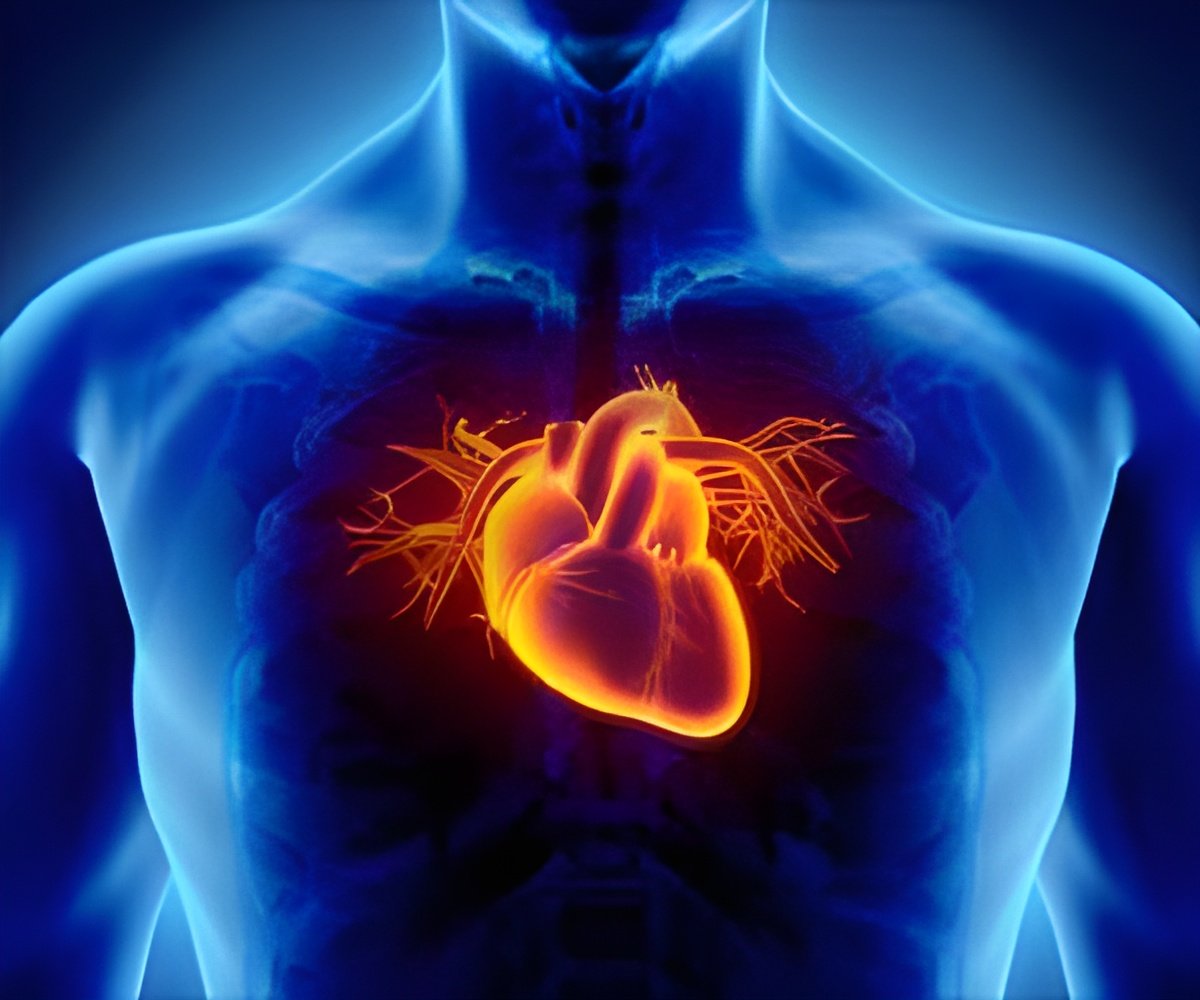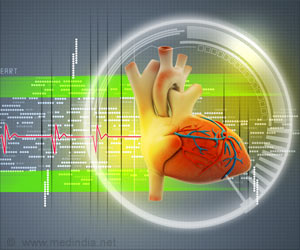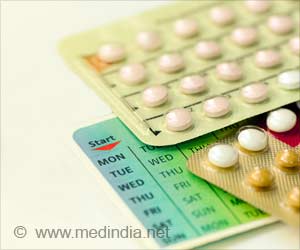Heart Transplant numbers greatly decline during the beginning of the pandemic. Increase in transplant wait list inactivation, and decrease in number of donor hearts and new transplant patients were seen.

‘Decline in the number of heart transplant patients in the United States during the COVID-19 pandemic. An increase in the number of transplant wait list inactivation, and decrease in the number of donor hearts and new patients were observed.’
Read More..




The study was published in JAMA Cardiology.Read More..
"We had concerns that the availability of ICU beds and ventilators would impact our transplant patients, particularly in the Northeast," says Ersilia DeFilippis, MD, a postdoctoral clinical fellow in medicine and cardiology at Columbia University Vagelos College of Physicians and Surgeons and the first author of the paper.
"But we were surprised to see a decline in heart transplants in other parts of the country, where there were far fewer COVID-19 cases at that time. Our data show that this pandemic has had far-reaching impacts on the care our patients with advanced heart failure are receiving."
Heart Transplant Patients Require Many Hospital Resources
Heart transplant patients require a lot of hospital resources, DeFilippis says. "Many patients are sick enough to require hospitalization prior to transplant, often in an intensive care unit, sometimes for weeks or months. Some of these patients are supported on temporary machines to help their hearts pump blood to the body. In addition, the transplant surgery itself requires a ventilator, blood products, and significant personnel. Patients then require intensive care unit monitoring in the immediate post-transplant period."
Advertisement
DeFilippis and her colleagues found that many clinicians reacted by taking their patients off the wait list -- a measure typically pursued when a patient encounters a health issue that temporarily or permanently disqualifies them for transplantation but was expanded during the pandemic to include patients at risk of SARS-CoV-2 infection and to accommodate transplant centers that deferred acceptance of donor organs due to the pandemic.
Advertisement
In addition, the researchers found that the availability of donor hearts decreased by 26% during the COVID-19 period compared with the pre-COVID-19 period.
"It is possible that limited access to testing for donors as well as restrictions on organ procurement organizations may have contributed to the decrease we observed in donor recovery," says DeFilippis.
Next, the researchers plan to study the impact of these changes on patient survival while on the transplant wait list and post-transplant survival.
"It will be similarly important to determine how the pandemic has affected the timing of transplant evaluations and changes in left ventricular assist device implantation. As the pandemic continues, we must be mindful of the effects of these delays on our patients," says DeFilippis.
Source-Eurekalert













